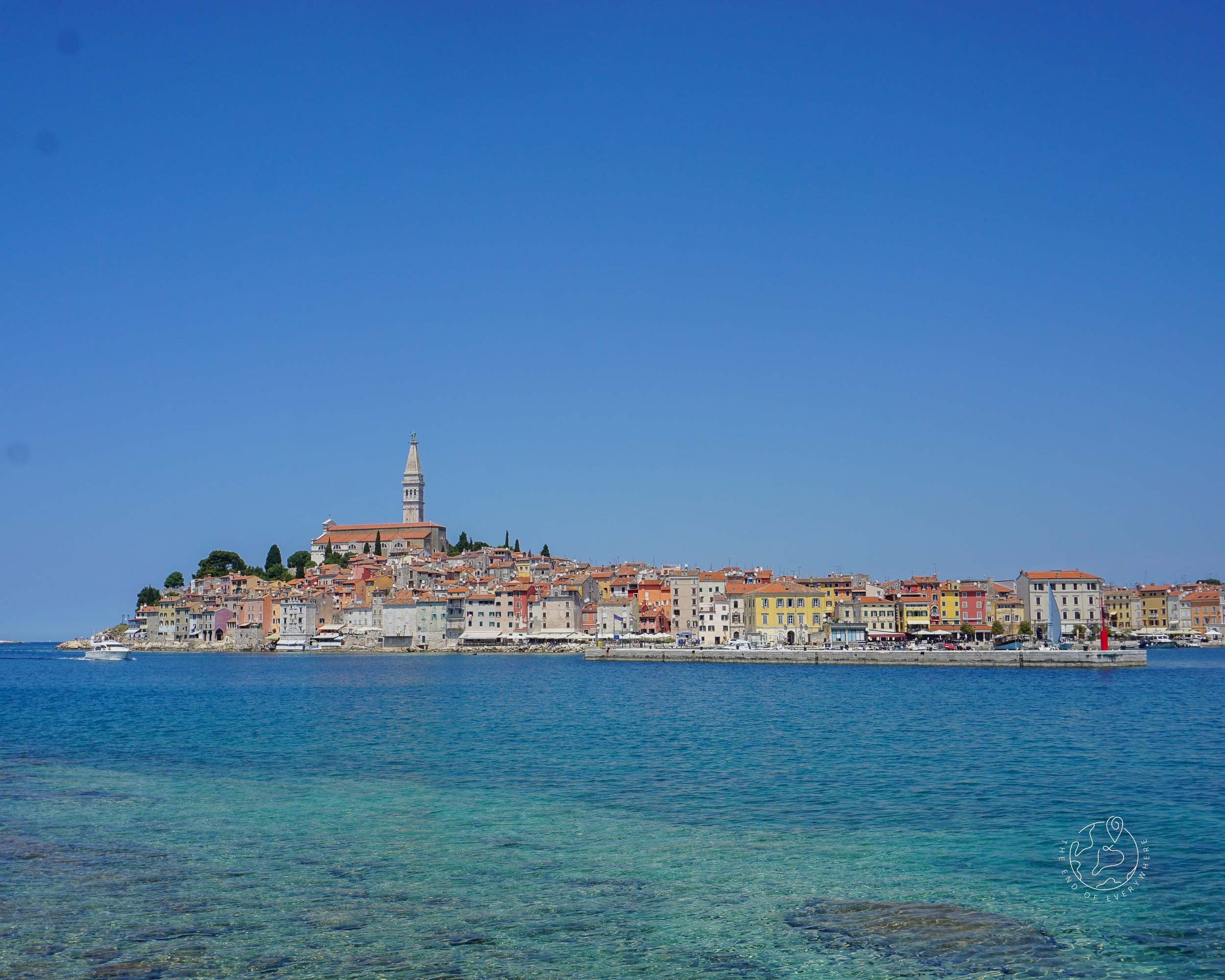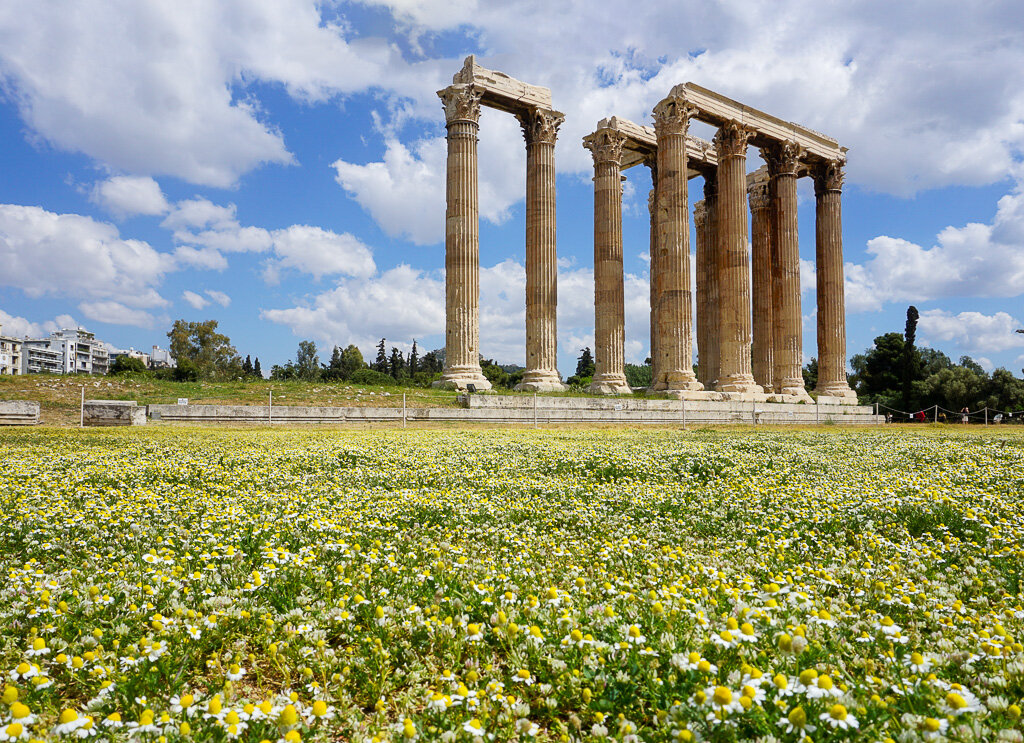Marvel at the Statue of David
Michelangelo’s Statue of David in the Accademia Gallery, Florence
Americans often wax lyrical about the Grand Canyon as if they put it there. It’s said that, when you see it for the first time, you see colours that no picture could ever capture, and no matter how many times you’ve seen it before in photos or film, it still takes the breath away.
Intellectually, I’d understood this idea, but I’d never fully appreciated it. Ok, it’s beautiful. Majestic, even. But, as people, aren’t we all prone to hyperbole and national pride? Do we simply indulge our own exceptionalism by bigging up one of our own country’s natural monuments? The same way a Brit like me might go misty-eyed over Lake Windermere, perhaps.
It wasn’t until I saw Michaelangelo’s Statue of David in Florence’s Accademia Gallery that I fully grasped the concept. We’ve all seen David; he’s one of the most famous - and most photographed - statues in the world. Those who wish to understand sculpture, analyse David.
It’s only when you see Michaelangelo’s most famous sculpture up close and personal can you truly appreciate just how phenomenal a work of art it is. It is magnificent, in every conceivable aspect. Miraculous, even.
I must confess that I am no art expert. I have seen several classic works in the flesh, including Botticelli's The Birth of Venus and Van Gough’s Sunflowers, and have enjoyed them in my own way. I often appreciate a good piece of public art too, such as the Shoes on the Danube or the Angel of the North (I’m a Geordie after all!), so, while I’m no philistine, I’m certainly not a connoisseur.
But Michelangelo’s Statue of David was different. Awe-inspiring, in fact. When you walk into the Accademia Gallery, you move through an avenue of unfinished Michelangelo sculptures, with David, resplendent and bathed in light, at the end of the hall. The unfinished works serve to heighten the experience of seeing David in the flesh, as you develop an appreciation for the art of carving a human figure from a block of stone, and the torturous process that this must have been.
Anatomical Art: the Genius of the Statue of David
As David was finished in 1508, it goes without saying that Michelangelo worked with the most basic tool imaginable: hammers, chisels, and various grades of grit paper. That he managed to carve such magnificent works from huge blocks of marble is incredible.
Now, this surely sounds like hyperbole - there are other marble statues in the world, just as there are canyons other than the Grand one in Arizona. But friends, not like this.
Every muscle of David’s adonic body is perfect. His skin - bare and proudly on display - has been smoothed to the point that it looks like it has the elasticity of living flesh. Each sinew and vein is lovingly crafted, and anatomically accurate. Michelangelo studied the human form to such an extent that he knew to include tendons and sinews based on the positioning of the subject’s limbs and even their fingers. It’s difficult to describe just how incredible this is when you see it up close and personal.
Prepared for Battle
Michelangelo chose to depict David before his fateful encounter with the giant Goliath, in contrast to his contemporaries. Other artists usually portrayed David victorious, often with the head of Goliath at his feet (how he managed to decapitate his foe with a slingshot is anyone’s guess). Here, though, David is portrayed with his sling over his shoulder and an as-yet unused stone in his right hand.
David’s stance conveys the tension of the moment: his neck is taught and brow furrowed. It speaks to the genius of Michelangelo that he was able to portray each of these features so clearly in marble, making it plain to the layman (me!) what he was trying to achieve.
Originally meant to stand atop Florence’s beautiful cathedral, Michelangelo purposefully sculpted David’s head slightly larger than would be anatomically correct. The reason for this was that, when viewed from below, it would look to be in perfect proportion. This level of geometric detail, and the ability to pull it off so perfectly, makes something which (to the uninformed eye) could be viewed as a flaw, just another example of the statue’s mind-bending perfection.
How to visit the Statue of David
So, yes, the Statue of David is my all-time favourite work of art. I’m not sure if that came across from my description of it. But how do you see Michelangelo’s David for yourself?
Booking a ticket in advance is the best way to see The Statue of David. When Sarinda and I visited Florence, she booked with the Accademia Gallery direct, enabling us to beat the queues and stroll straight in. This was especially advantageous as we visited Florence in the midst of a Saharan heatwave, and even though we arrived at the Gallery around 9am, the temperature was already pushing into the mid-30s centigrade!
When you visit the Gallery, The Statue of David isn’t the only thing to see. Though he’s the main attraction, David is complemented by other exhibits, including sculptures by some of Michelangelo’s contemporaries and students, and an exhibition on early string instruments, including one of the world’s first violins. We’d recommend downloading a free audio guide such as Rick Stein’s Audio Europe to get the lowdown on all the Gallery has to offer.
In a city famed for its concentration of historically- and globally-significant artworks, the Statue of David stands head and shoulders above the rest. Which is only natural, considering he’s 17ft. tall! But seriously, no trip to Florence is complete without a visit to the Accademia Gallery and a chance to feast your eyes on Michelangelo’s most famous sculpture.
We used an audio guide to learn more about the Statue of David as we looked around - if, like us, you’re not clued up on art, then having expert insight can make the experience so much more memorable! For additional context when visiting, you can book a guided tour of the Gallery.*
*Affiliate link - if you click this link and book we will earn a small commission. There won’t be any extra cost to you!
Related Content
Pin this blog post to read later…









